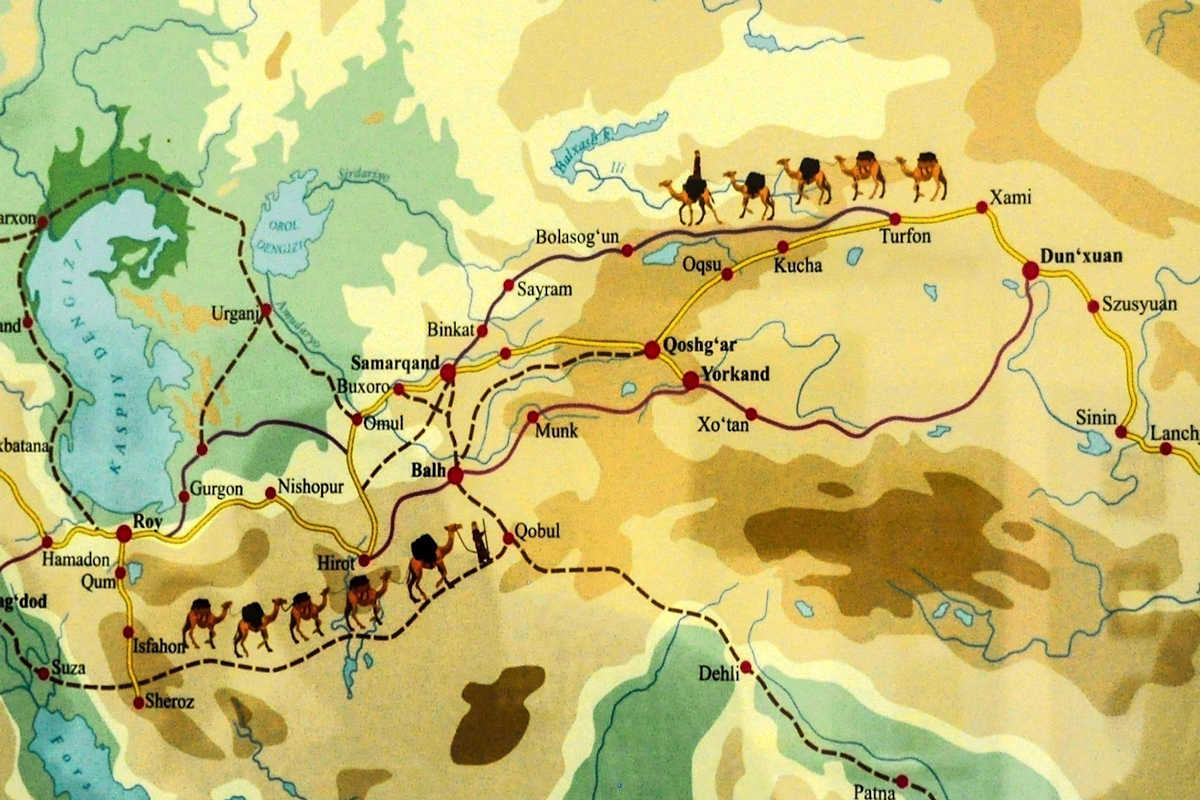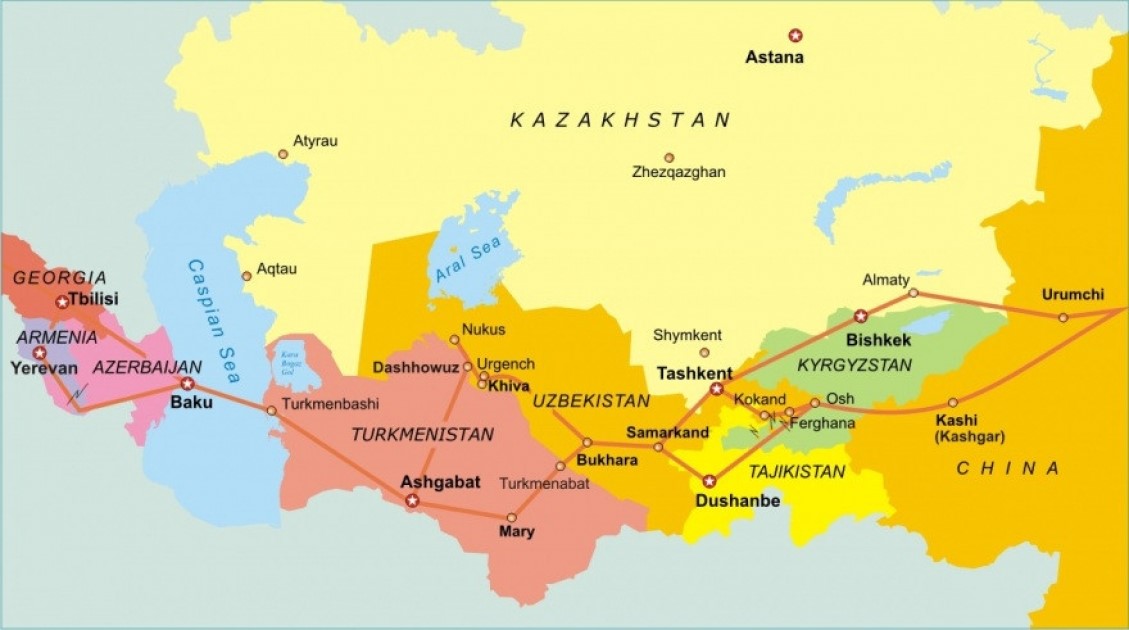Principles of Implementation
- Openness and inclusiveness;
- Mutual benefit and equality;
- Respect for cultural and historical diversity;
- Focus on peaceful development and international cooperation;
Rejection of geopolitical and military orientation.
Project Scale
- Involves about 63% of the world’s population;
- Has an estimated total economic potential exceeding 21 trillion USD;
- Includes more than 130 participating countries.
In the CIS region, the Silk Road route passes through Azerbaijan, Armenia, Georgia, Kazakhstan, Kyrgyzstan, Tajikistan, Turkmenistan, Uzbekistan, and Russia. These countries play a key role in shaping the infrastructure and logistics framework of the project.





